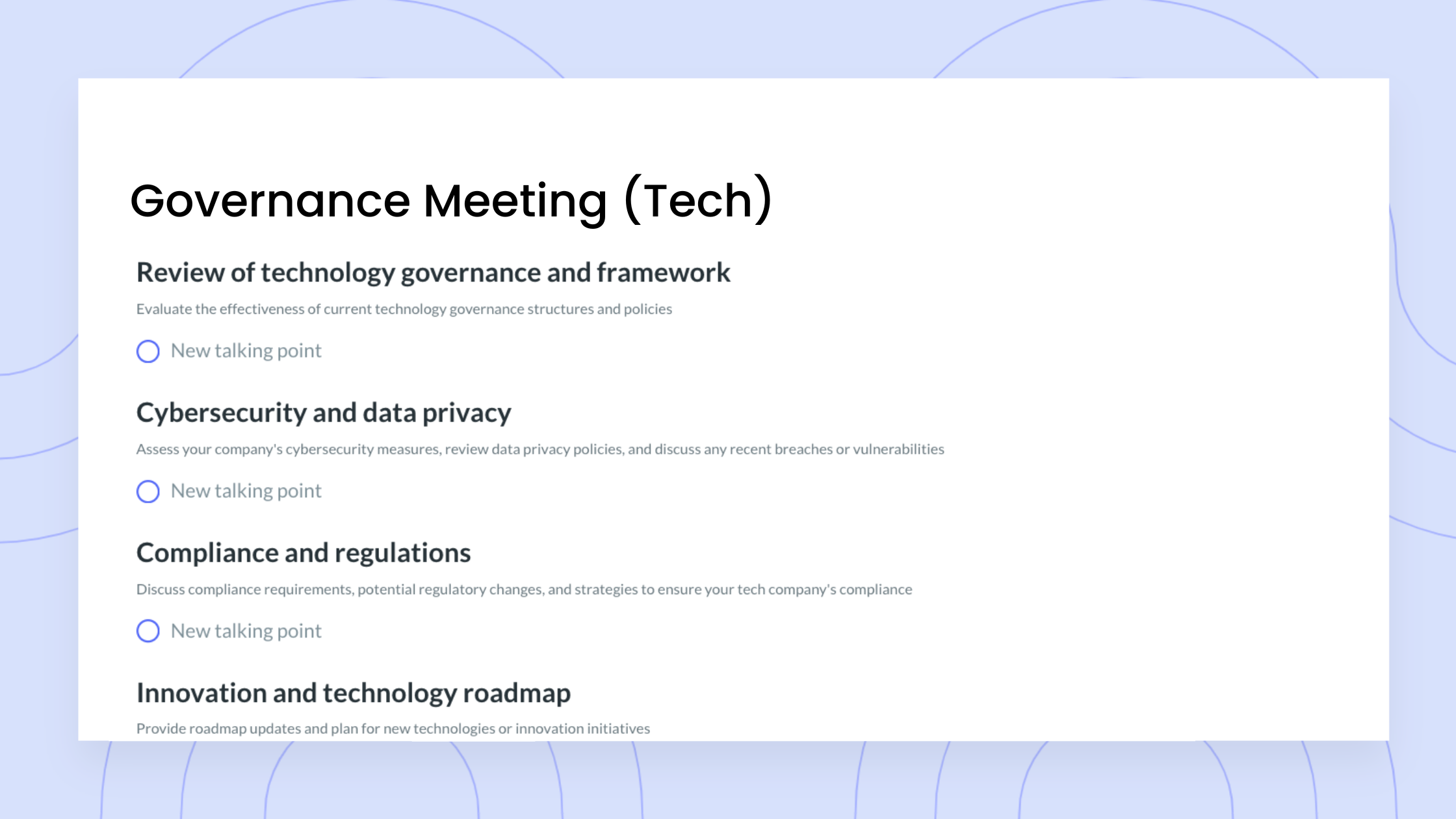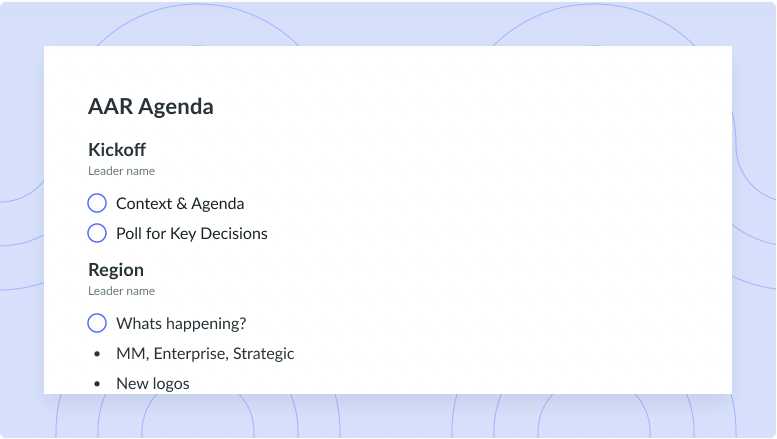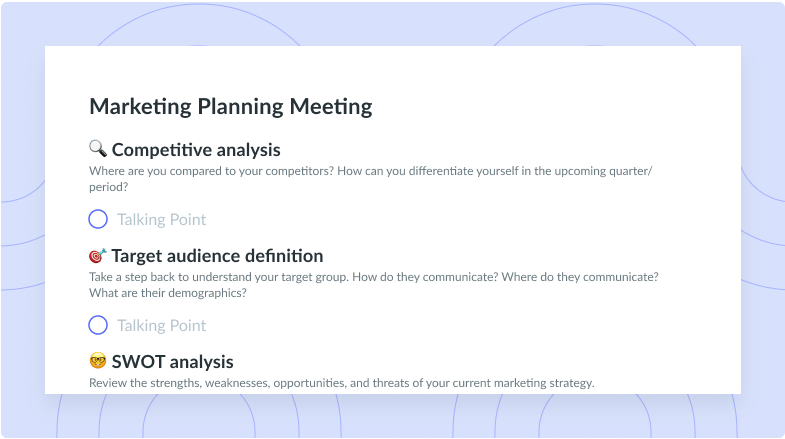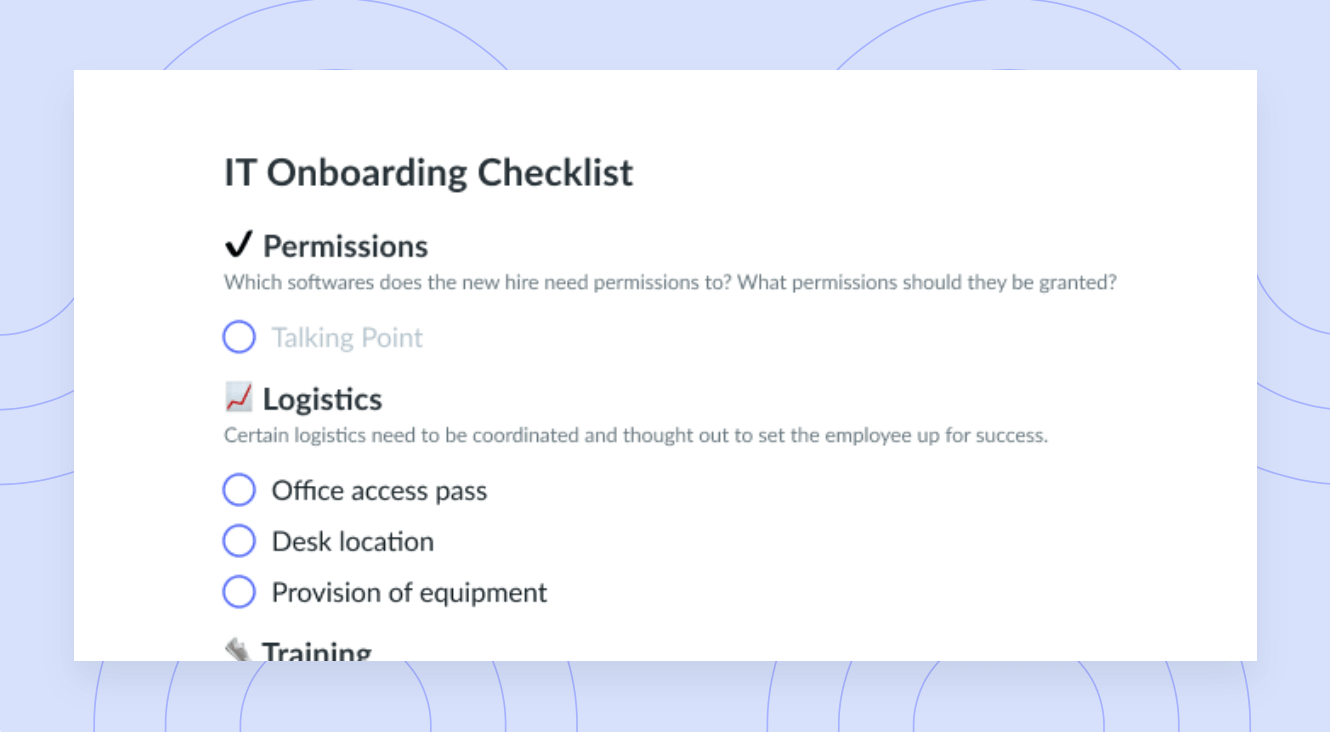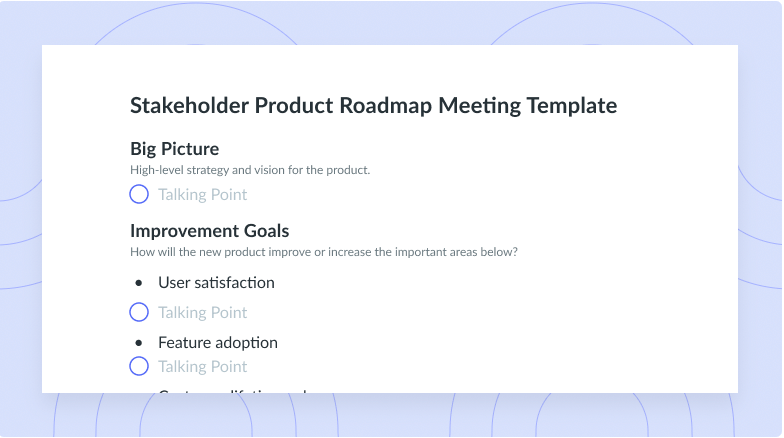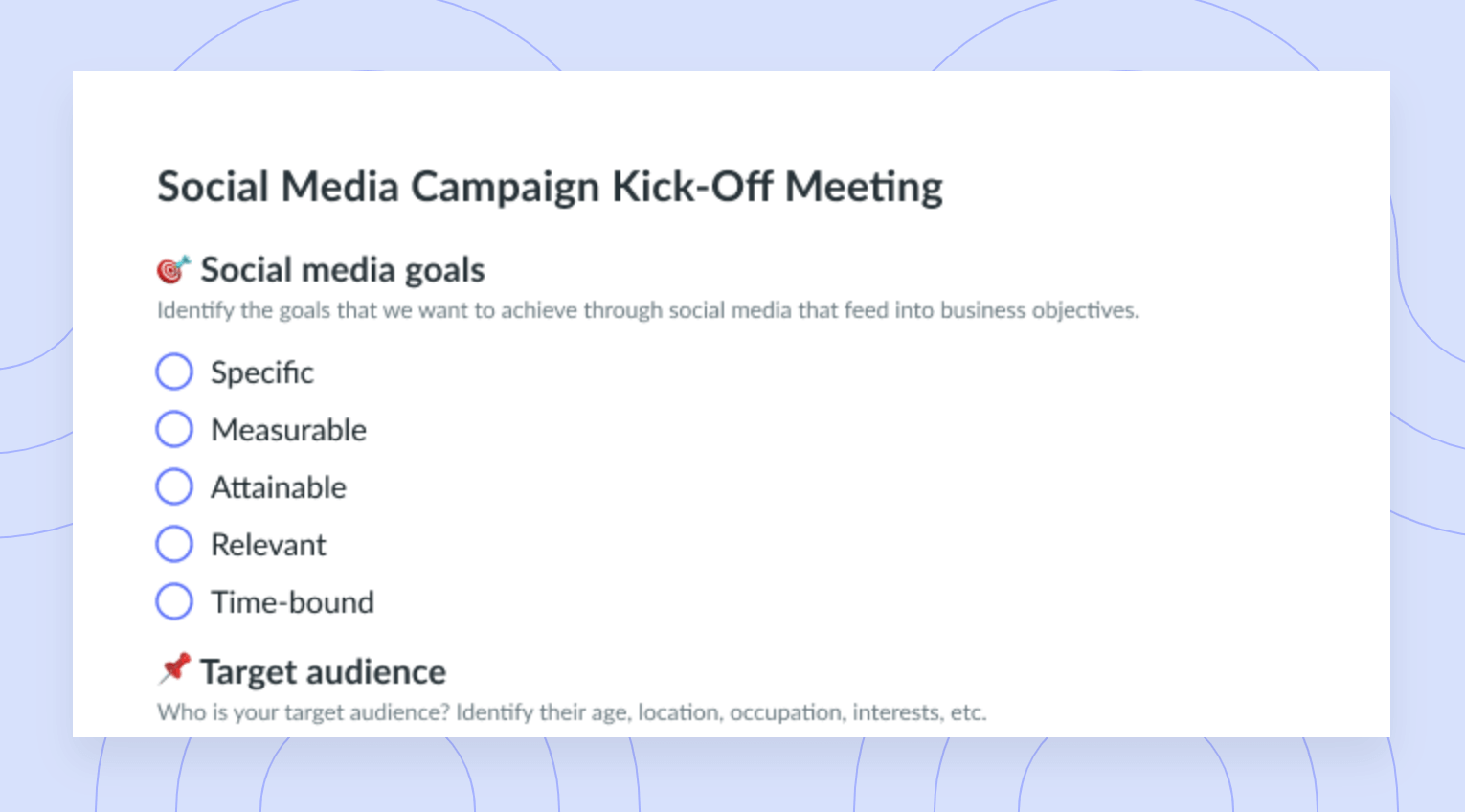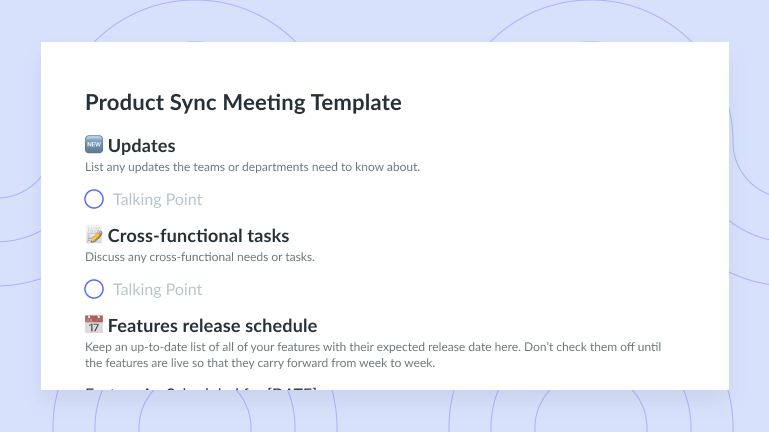What is Identity and Access Management? A Guide to IAM
Learn all about identity and access management (IAM), including what an IAM implementation strategy includes.
Your organization handles and stores tons of data on a daily basis. To keep this information secure, you need to control who can and can’t access it. Through identity and access management solutions, you can manage the gateways that lead to this data while keeping your organization’s processes running smoothly.
So, then, what is identity and access management? In this article, you’ll learn about the key elements of how to manage access, manage user identities, and set up a powerful security solution.
- What is identity and access management?
- Why is identity and access management important?
- What are the components of identity and access management?
- Difference between identity management and access management
- What are the benefits of identity management?
- Cloud vs. on-premises IAM
- What does an IAM implementation strategy include?
What is identity and access management?
Identity and access management (IAM) is a cybersecurity process that gives your team timely, appropriate access to the resources and tools they need. IAM systems often use artificial intelligence programs to manage some of your organization’s most sensitive information. They may also use role-based access control (RBAC) to give your team members roles that grant or deny them access to certain resources.
Why is identity and access management important?
Identity and access management systems create an additional level of security within your organization. You can use them to get complete say over which resources each team member can access and when they can access them. You can make sure each user authenticates their log-in credentials beforehand and manage what they can do with their access.

Build a culture of effective meetings with your engineering team
Level up your engineering meeting habits to boost engagement and productivity with a collaborative meeting agenda. Try a tool like Fellow!

What are the components of identity and access management?
Below are the key components of identity and access management and how they play into these systems.
1Authentication
Through authentication, your IAM system will make sure that people attempting to access your resources have the proper credentials. Once a system confirms a user’s authentication and authorization, the system creates a session.
This typically comes with single sign-on (SSO) so that, when team members authenticate, they don’t have to do so again during the session. To put it more simply, your team members won’t need to log in each time they access a different resource within your organization. They can freely access their other resources until their session ends.
2User role management
User, password, role, and group management make up this portion of IAM. These processes are how you create and manage user identities and access privileges. Managing user lifecycles – how long your user accounts stay active – is also key.
3Access authorization
Authorization is how your IAM system will decide whether or not a team member can access a resource. This process involves verifying and validating access requests based on your current IAM policies.
4Data protection
Identity and access management is in large part about encrypting data both within and outside your systems. This can help prevent unauthorized users from gaining access to your organization’s data.
What is the difference between identity management and access management?
Identity management refers to managing user profiles for your team members. This includes login information, permissions, and roles. Access management, on the other hand, is about granting or blocking access to resources based on a user’s roles and permissions. Think about it like this: Identity management is the key, and access management is the door.
What are the benefits of identity management?
Below are several ways identity management can benefit your organization.
1Improve security
Identity management gives you direct control over who can access your organization’s systems. This means you can better protect your organization, its data, and your team and customers from unauthorized access to important files and information. It typically involves state-of-the-art methods for confirming that someone accessing your systems is truly who they claim to be.
For example, multi-factor authentication (MFA) might be required. Through MFA, users will go through more than one method of verification to access an application or system. They might have to enter a password on a laptop and then a code sent to their phone. Even more advanced systems might also use facial recognition or iris scans to verify that the right person – and only the right person – gets access.
2Enhances user experience
Without IAM, your team members would have to remember the username and password for each and every program they use. That’s more sticky notes than anyone would like to keep plastered around their desk. Instead, your identity management system will use SSO so that only one login is necessary. Your team members will appreciate the simplicity.
3Provides easier client access
Most services or resources require people to create and use login information to access them. This is true for your team and your clients, who should be able to easily access the programs they need. With IAM systems, you can give your clients the access they need to solely the resources they need. You’ll make things easier for your clients while still protecting your organization.
4Improves employee productivity
With IAM, onboarding new team members and clients can be a total cakewalk. You’ll have fewer credentials to juggle, streamlining the process of getting everyone up to speed. You also won’t deal with delays in getting everyone into the systems they need to hit the ground running and be productive. Even when team members get fully settled into their roles, SSO will help them stay efficient.
Cloud vs. on-premises IAM
There are two main ways you can go about implementing IAM. With a cloud-based system, you don’t need to install any software directly on your servers. You can leave your IAM up to a vendor like Google Cloud or Amazon Web Services.
Cloud IAM systems can automatically run updates and install software patches, taking one more task off your IT team’s to-do list. A cloud system also has room for more scalability, though you’ll need to pay for it – and pay more as your team grows.
With on-premise deployment, you or a network administrator needs to take the time to install IAM software throughout your organization. However, this gives you more options for customizing your IAM systems and molding them to exactly what your organization needs.
Compared to cloud solutions, on-premise solutions are often more secure, as they’re locally based and don’t require an internet connection. This makes them even less accessible to threat actors.
What does an IAM implementation strategy include?
Ready to put your IAM system in place? Below are some of the main elements of an IAM implementation strategy.
1Security protocols
Data security is a pillar of IAM, so every aspect of IAM involves verifying users’ digital identities to block unauthorized access. Setting up MFA, facial recognition, or iris scans can make for an especially powerful IAM process.
2Central management
A key part of IAM is granting or restricting access to resources based on users’ roles and creating a centralized system for managing access. As a result, you might need to move user identities from multiple systems to one directory service.
3Zero-trust policy
A zero-trust policy is a security framework in which you don’t grant any default access to your organization’s networks. Instead, everyone has to go through some sort of verification process each and every time. This can ensure that only the appropriate users can access your organization’s resources and data.
4Restricted access
Proper IAM procedures make it so that users can only access the resources they need – no more, no less. Any databases, programs, and privileges they don’t need will stay out of reach. This can keep your resources protected from anyone you don’t want accessing them.
5User training
IAM services give both network administrators and less tech-savvy team members training on the ins and outs of the product. This way, you can make sure your organization is getting the most out of these systems and optimizing its access controls and data security measures.
Executing a seamless implementation process
With IAM, you can take control of your organization’s data and resource security from top to bottom. As you implement your new solution, you should get peer feedback from your team to figure out where you should make changes. Fellow includes seamless feedback tools to streamline this process. With Fellow, you can get the whole team’s input as you secure your organization across the board.











